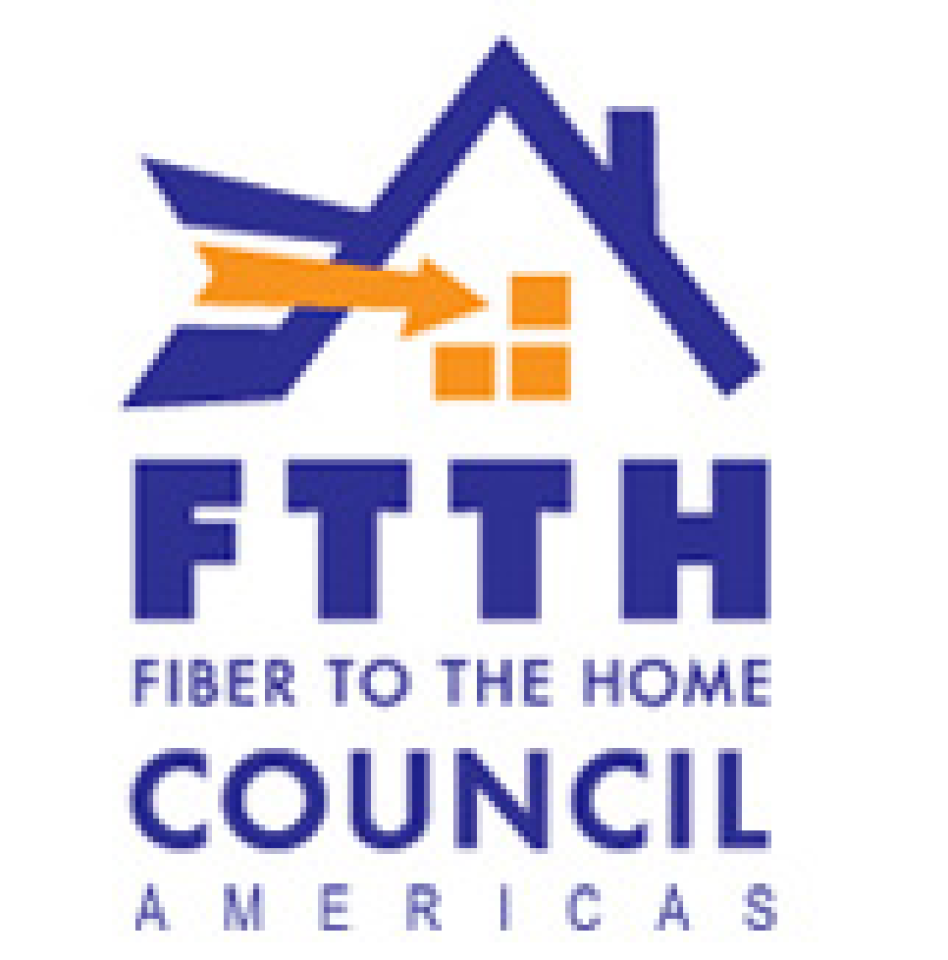
Fast, affordable Internet access for all.

When the study, Reevaluating the Broadband Bonus: Evidence from Neighborhood Access to Fiber and United States Housing Prices, was written in 2015, only one in 11 households in the United States had Fiber-to-the-Home (FTTH) connections, according to a 2014 Broadband Communities primer, but that has changed as more and more studies have shown the economic benefits of fiber. The Fiber To The Home Council Americas funded a study in conjunction with the University of Colorado and Carnegie Mellon that showed a fiber dividend of $5,437 on a $175,000 home. Fierce Telecom reported on the results:
The boost to the value of a typical home – $5,437 – is roughly equivalent to adding a fireplace, half of a bathroom or a quarter of a swimming pool to the home.
Download the entire 2015 study here.
The results of the study, which compared roughly 500,000 housing prices over the course of two years, have made their rounds on the Internet, even receiving coverage in the Wall Street Journal. It builds upon a small, but growing, body of research that links fiber deployments in homes and multiple dwelling units (MDUs) to economic growth.
As more research on housing prices and home Internet access surfaces, the value of FTTH deployments appears to be on the rise. A 2014 study by the consulting firm RVA LLC revealed a $5,250 increase in the value of a $300,000 home. A similar increase in value can be seen in homes worth half this amount.
The Council also conducted a survey in 2014 that looked at the effect of FTTH on multiple dwelling units. Access to fiber increased sale and rental prices in MDUs by three and eight percent, respectively.
Some forward-thinking communities, like Loma Linda in California, have gone so far as to modify their municipal building codes to require new construction to install fiber connections. While not widespread, this practice could foster economic growth on a community-wide scale.
